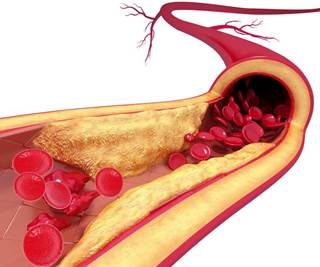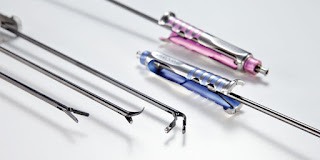Varicose veins may increase risk of blood clots, lead to vascular diseases

Adults with varicose veins - gnarled, enlarged veins, most commonly appearing in the legs and feet - may be at increased risk of suffering from blood clot that could lead to vascular diseases, a study has found. The study found people with varicose veins were at a five times increased risk of developing a deep venous thrombosis (DVT) -- a clot in the legs which can lead to amputation or even death, the Daily Mail reported. They were twice as likely to develop a pulmonary embolism -- a clot which travels into the lungs and can be deadly.They also had double the risk of peripheral arterial disease, which reduces blood flow to the arms and legs. The study led by researchers including Pei-Chun Chen, adoctoral student from China Medical University in Taiwan, examined 212,984 patients aged 20 years and older with varicose veins, and a control group of equal patients without varicose veins. The results, published in the journal JAMA, showed that among adults diagnosed with varicose ...

















